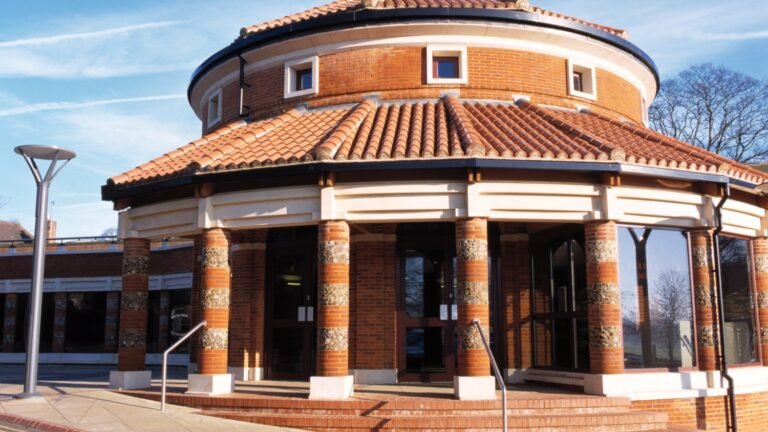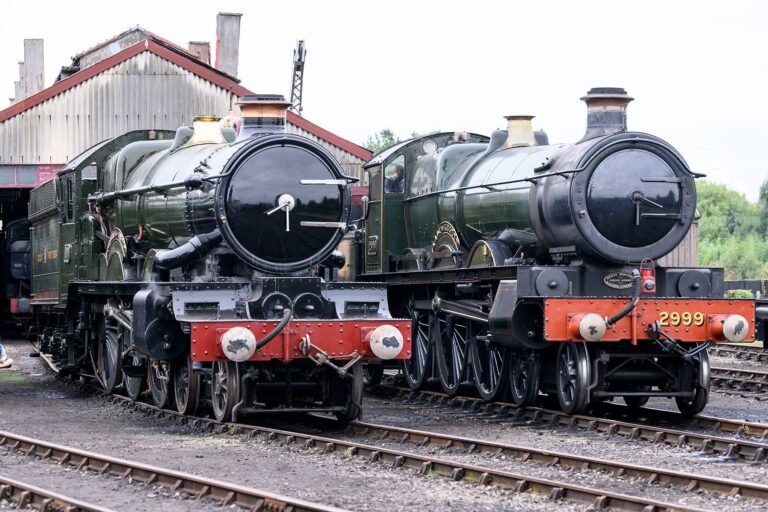Brighton Racing & Events, which is based on Freshfield Road in Brighton, will host 21 racing days this year. The racing season will start on Tuesday, April 21st, and will go through Thursday, October 15th. Throughout the year, Brighton Racecourse has a number of distinctive locations that may be rented for corporate or private events.
Raglan Castle
15th-century fortress with a grand gate, mullioned windows and visitor centre showing a Tudor panel.
Share:
Opening Hours
Mon:
Tue:
Wed:
Thu:
Fri:
Sat:
Sun:
10am - 6pm
10am - 6pm
10am - 6pm
10am - 6pm
10am - 6pm
10am - 6pm
10am - 6pm
Amenities
Wheelchair Access
Parking
Pet Friendly
Toilets
Description
Contact Information
Similar Attractions Others Viewed
Bedfordshire - South-East England
ZSL offers way more than just visiting animals, they have a whole list full of experiences.
Hertfordshire - South-East England
Built on the site of one of the largest Roman cities in Britain, Verulamium Museum is filled with ancient treasures and some of the finest mosaics outside of the Mediterranean.
Oxfordshire - South-East England
A Living Museum of the Great Western Railway




